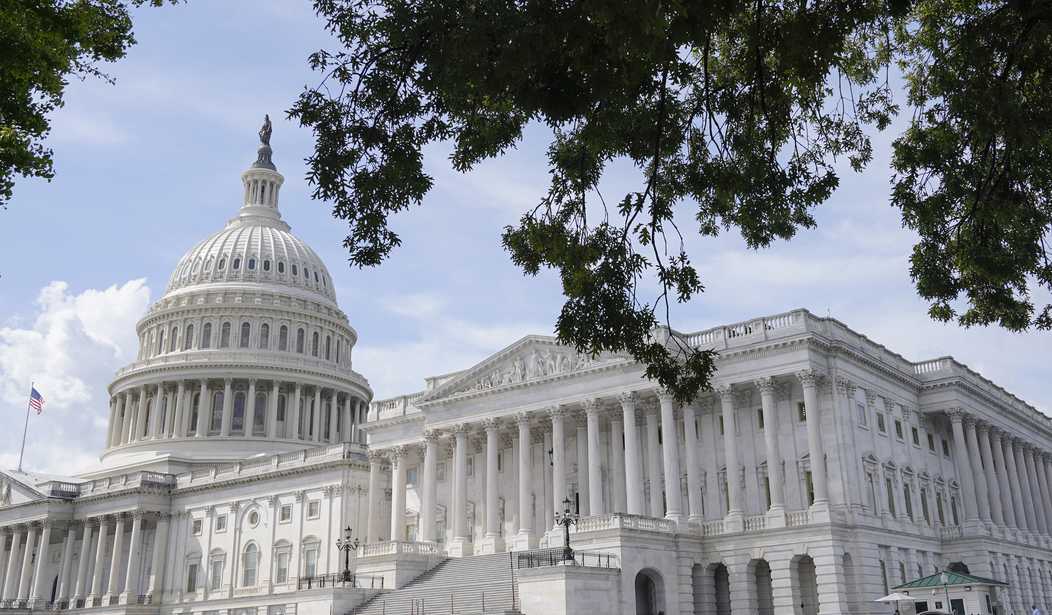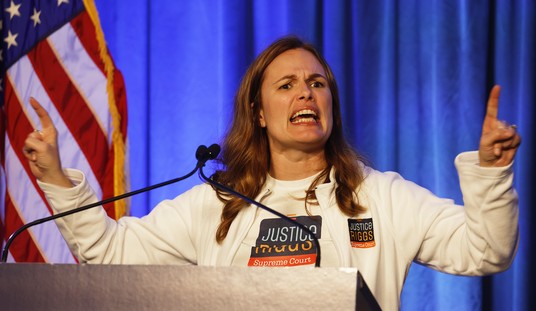The House Budget Committee is thinking about calling for a fiscal commission to come up with ideas for reducing the federal government’s persistent and rapidly growing budget deficits.
I have a much lower-cost and surefire alternative: Hire me.
The Budget Committee earlier this week discussed the idea of creating a bipartisan fiscal commission to report to both houses of Congress on how to address the deficit. This is supposedly an example of positive bipartisanship, as “Members of both parties indicated support for such a commission” although “Democrats and Republicans have different ideas about how to address the longstanding issue,” The Center Square reports.
I’ll say they do! “Different ideas” means Democrats are eager to raise tax rates and impose unconstitutional wealth taxes, and Republicans want to cry.
The budget deficit has reached a crisis level, with interest payments on the federal debt having doubled in just the past 18 months, hitting an amazing pace of $1 trillion a year in October. That’s a record high, and it is eating up 15.9 percent of the fiscal year 2022 budget. It will certainly not be the record high for long.
“The Congressional Budget Office released projections in June that showed interest costs would ‘exceed all mandatory spending other than that for the major health care programs and Social Security by 2027, all discretionary outlays by 2047, and all spending on Social Security by 2051,’” The Center Square reports.
The Budget Committee and other members of Congress would like to have somebody else to blame for what must happen. There are only two ways to decrease the budget gap: Cut spending, and/or increase revenues. Democrats will not consider cutting spending. If a commission tells Congress to cut spending, the report will be thrown directly into the trash. That means Congress will look for ways to increase revenues.
Republicans do not want to raise tax rates, but they will agree to do so if the Democrats consent to some spending cuts. Oh, not spending cuts, really, but a projected decrease in suitably inflated projections of expenditures. What we will get, as we always do, is tax rate hikes in exchange for more spending loaded onto the budget a few months later.
The inevitable conclusion of this budget commission charade will be that Congress has to raise taxes. But that will not work, because raising tax rates does not raise the federal government's revenues above 17.4 percent of GDP for long, if at all. I have used a graph to illustrate the point, which you can look at here.
Notice that the graph lists revenue for 2023 at 18.14 percent of GDP? That’s above 17.4 percent, you will note, perhaps with a sense of optimism.
Sorry: That 0.74 percent of GDP revenue bonanza did not last. Federal tax revenue started falling almost immediately after I posted that item in February of this year. “Uncle Sam’s tax collections were down 26% in April compared to last year at the same time, according to new estimates Monday by the Congressional Budget Office that offer a worrying picture about the state of government finances,” The Washington Times reported in May.
Sometimes, it positively hurts to be so right.
The reality is this: Federal spending can go as high as the fantasists in Congress want it to go, but revenue is a stubborn thing.
Spending was at 23.15 percent of GDP in the third quarter of this year. That is 5.75 percent of GDP more in spending than the government can hope to raise in revenues.
I can save the proposed congressional commission a lot of time. Cut spending by 5.75 percent of GDP. Problem solved.
That is the only solution to the debt problem. Cut spending.
The only way to increase federal revenue sustainably is to grow the tax base. A growing economy increases the size of the pie from which you get your 17.4 percent in taxes.
The only way to raise the nation’s tax base, however, is through economic growth. The only means the federal government has for spurring real economic growth are tax cuts and reductions of regulation.
Cutting tax rates and reducing regulation will increase tax revenues over time. It always works. What creates the inevitable subsequent budget deficits are new spending increases that always seem to follow tax cuts the way wolves follow deer.
It is crucial to cut spending until the greater tax revenues arrive. Otherwise, you end up in an even worse debt spiral as the government increases tax rates repeatedly in a hopeless dream of trying to pry more tax revenue out of the public.
So, listen up, Congress. Cut tax rates. Cut spending. Eliminate unnecessary regulations. Then you will get more money, and you can spend more—later, after the money comes in.
For now, you’ve got to bite the bullet and stop spending so much.
I advise you not to dump this recommendation in the trash. It is the simple truth, and the truth will hurt a lot more if you ignore it for much longer.
You may send me the payment for my advice care of The Heartland Institute. I guarantee that my fee will be a lot less than $1 trillion.
S. T. Karnick is a senior fellow and director of publications for The Heartland Institute, where he edits Heartland Daily News and writes the Life, Liberty, Property e-newsletter.













Join the conversation as a VIP Member